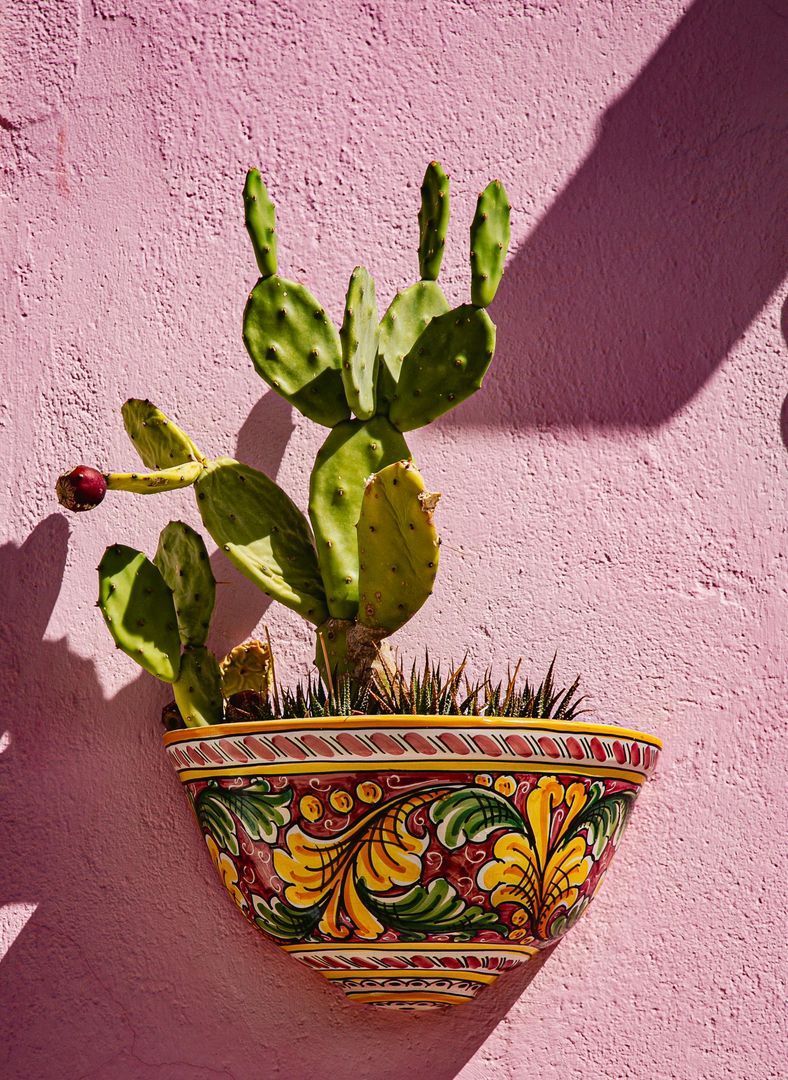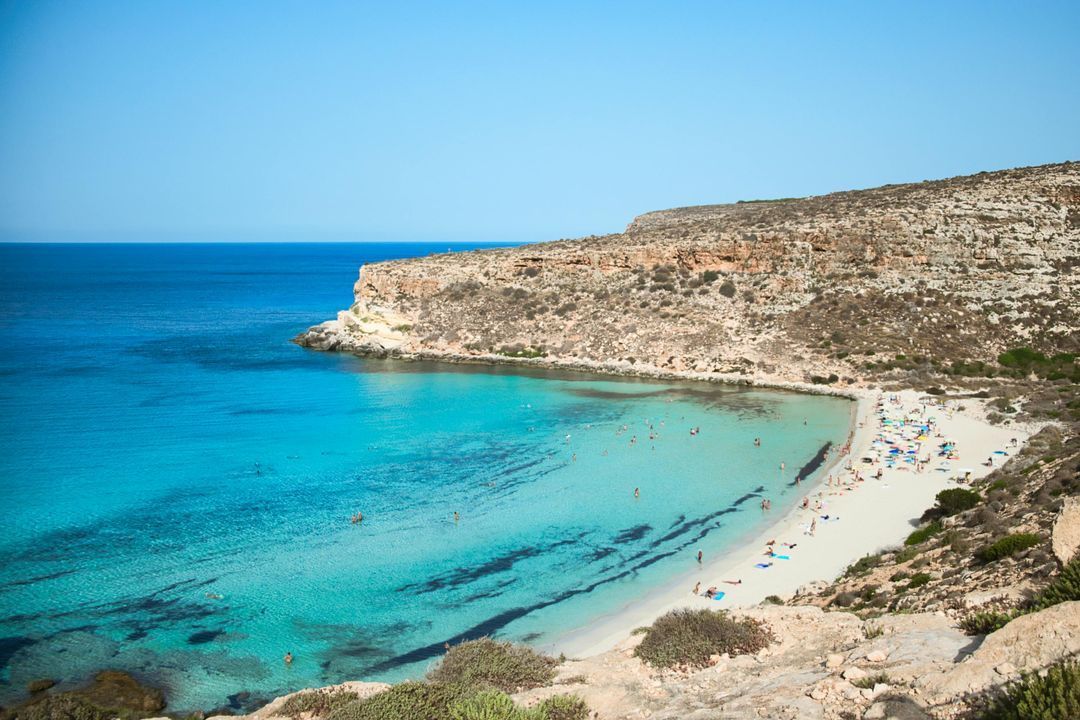A historical intertwining: the Arab arrival and the gastronomic revolution

Arab rule in Sicily (827–1091 AD) represents one of the most epochal turning points in the islands gastronomic history. With it came advanced agricultural infrastructure—such as irrigation networks—and crops previously unknown to Sicily. This change affected not only what was eaten, but also how: preservation methods, distillation techniques, and new flavor combinations, including sweet and sour, were born.
Bottarga: a rare and fascinating heritage
Linguistic and cultural origin
The word bottarga derives from the Arabic buṭāriḵ (بُطَارِخ), salted fish roe, and came to Italian via the Byzantine tárikhon (marinated). Although the preservation techniques are ancient (Phoenician and Greek), the formalization of the product and the term itself date back to the Arab era in Sicily.
Technique and use
Its made by salting and drying grey mullet or tuna roe, following methods that allow for long-lasting preservation and enhance the umami flavor. In Sicily, especially in the Trapani area and on the western coast, bottarga is grated over pasta or eaten sliced on crostini. A vestige of the Arab mentality where nothing is wasted and every part of the fish is valued.
Beyond Bottarga: Spices, Sweets, and Lesser-Known Techniques

The Arabs introduced fruit drying (e.g., raisins) and candying practices, which are still fundamental to Sicilian confectionery. Spices such as saffron, cinnamon, and cloves became a major part of the traditional sweet and savory dishes.
Desserts and drinks
Sciarbat (sherbet/sorbet), based on Etna snow and herbs, appeared already under Arab rule.
The distillation of the pomace led to aromatic liqueurs such as rosolio.
The use of almonds, pistachios, and honey in pastry making became widespread: cassata, cannoli, and marzipan are the offspring of this fusion.
Everyday foods: from couscous to caponata

Trapani couscous : a dish that is today a symbol of the cultural integration between Sicily and North Africa, a direct heir of the Arab contribution.
Caponata : its sweet and sour taste clearly derives from Muslim Middle Eastern culture, a perfect mix of flavors.
www.viceresicily.comWhy bottarga remains a unique idea
Among all these legacies, bottarga contains a complex and little-told story:
- It is a preservation technique rather than a simple dish.
- The term and method derive from Arabic, rooted in etymology and practices.
- Even today, master salters in Sicily practice a thousand-year-old craft, custodians of an Arab-Norman legacy that speaks of conservation, respect, and seafood cuisine.
www.lettore.orgConclusion
The Arab influence on Sicilian cuisine is vast and nuanced: from bottarga to couscous, from sciarbat to cannoli, each element tells a story of influence and ingenuity. The bottarga technique, in particular, speaks to us of an era when cooking was both an art and a science, and where waste didnt mean rejection, but rather cultural opportunity.
I hope this insight offers you a new perspective on Sicilian cuisine: a cuisine that is, ultimately, a diary of Mediterranean conviviality, choices, and achievements.
#SicilianCuisine #ItalianCuisine #FoodHistory #GastronomicCulture #TraditionalFood #FlavorsOfTheMediterranean #ItalianGastronomy #HistoricalFood #FoodHeritage
terra.regione.sicilia.it

gourmet
Data di inserimento 14 lug 2025
Report article


Comments
There are no comments yet.